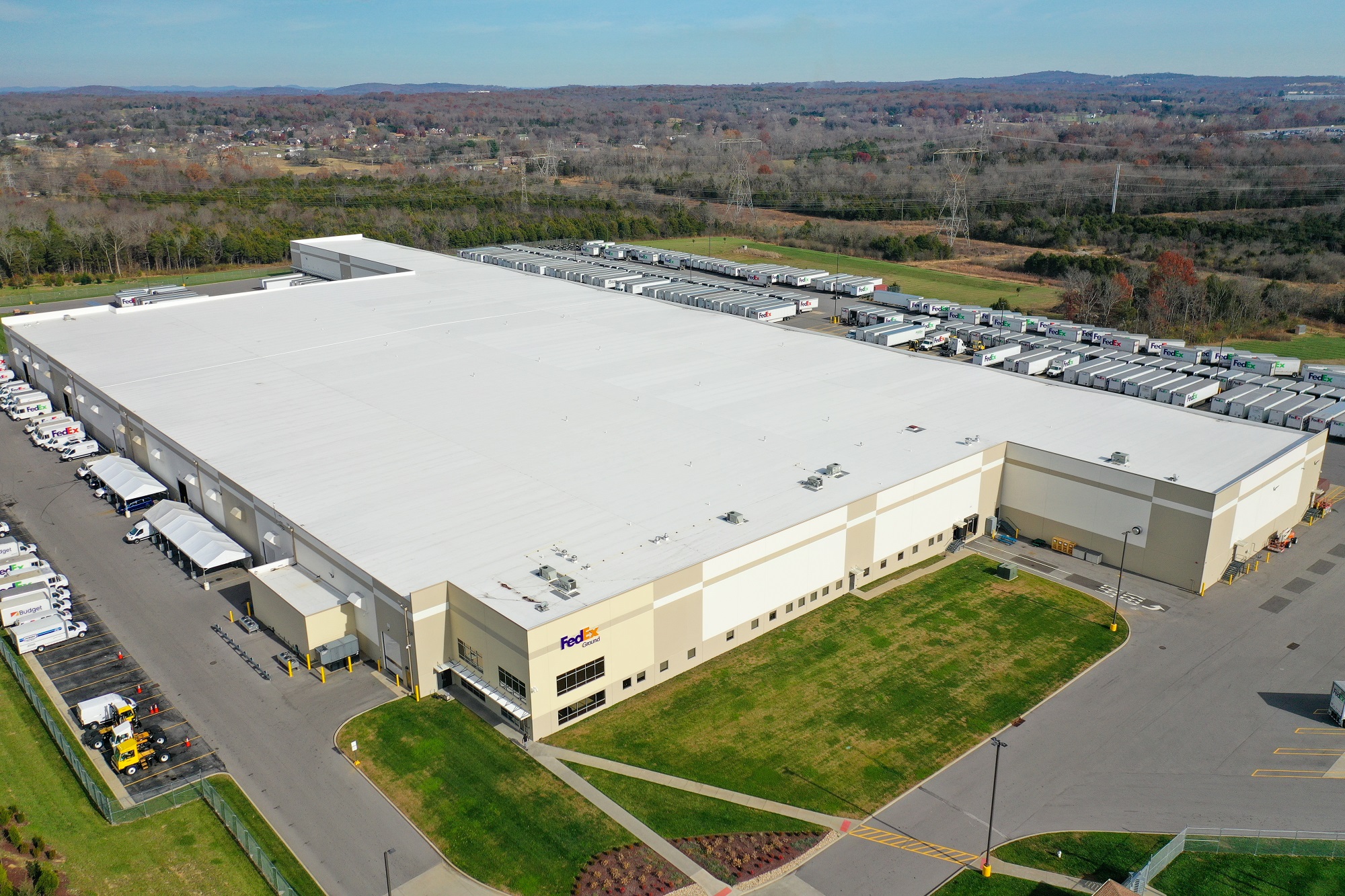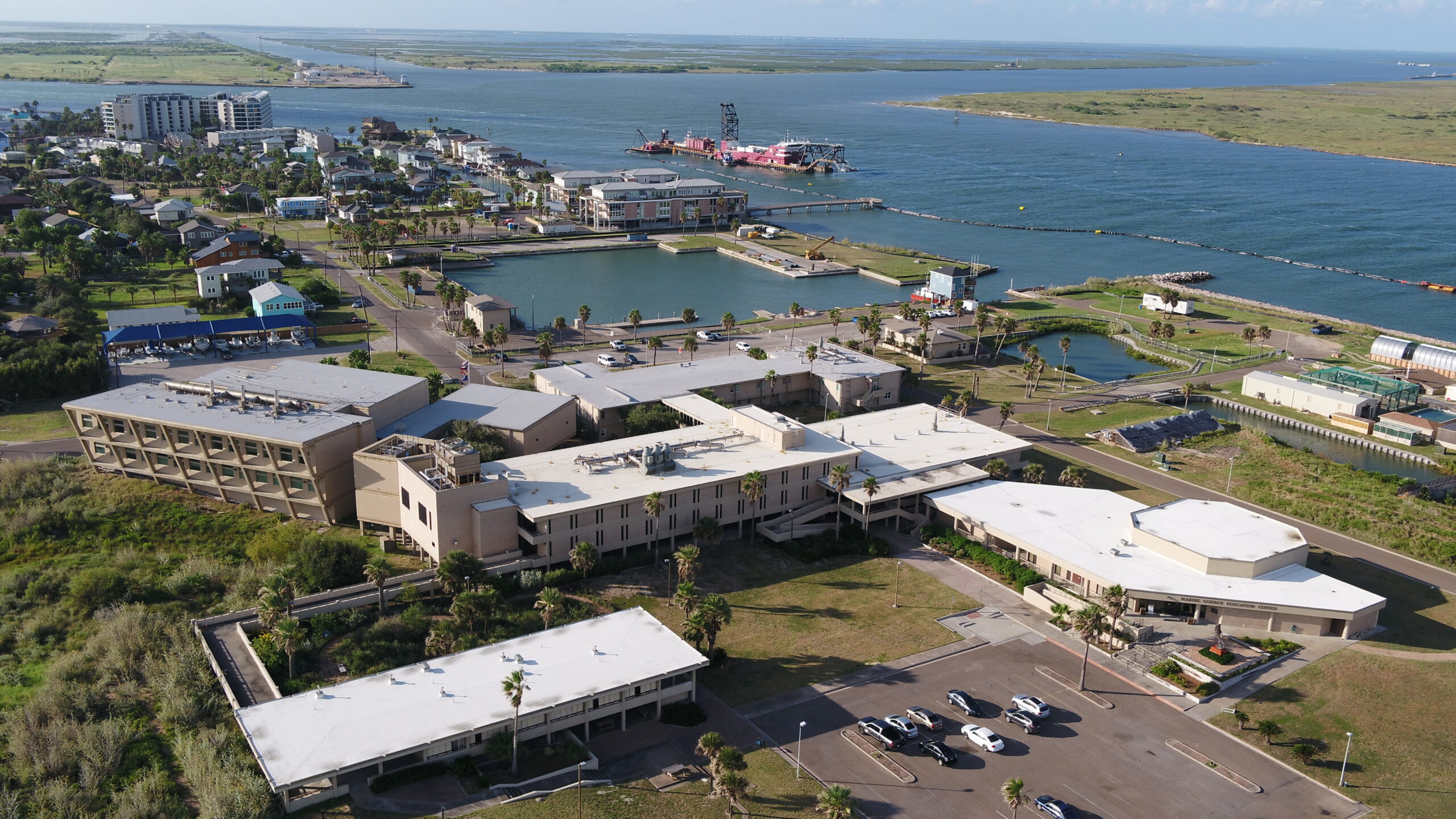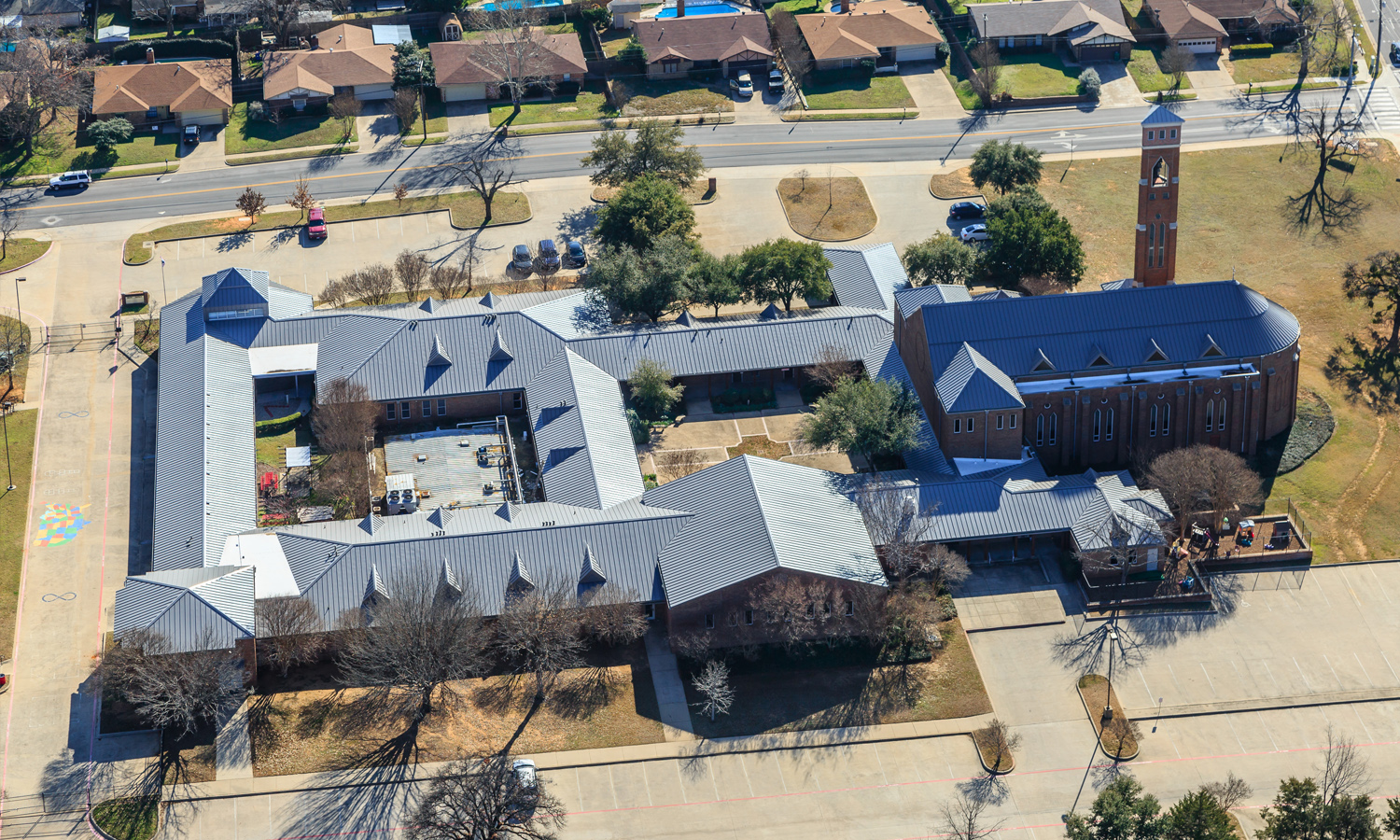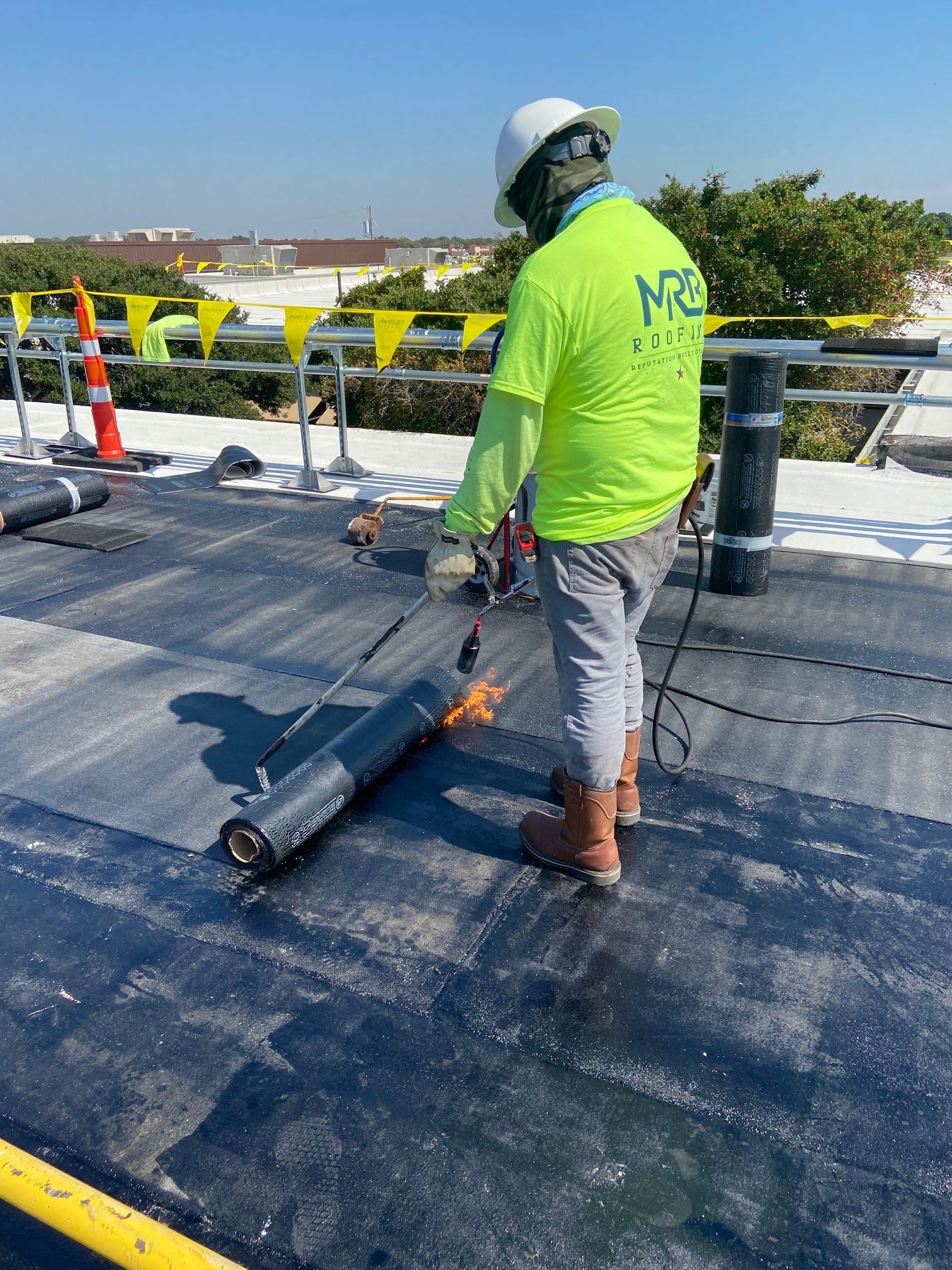
Roof Replacements
MRB Contractors offers roof replacement services to general contractors, construction companies, architects, and other roofing contractors. We realize that roof replacement projects require thorough budgetary planning, and are very time sensitive. For this reason we work directly with industry leaders to help provide a strategic plan that consistently delivers the most effective results. We also understand that each roof replacement project is uniquely different, and as a result we custom tailor each roof system to meet the demands of our most discerning clients. We offer our clients a myriad of roof replacement services including but not limited to: TPO/Single Ply roof systems, modified roof systems, BUR (Built Up Roof), and metal roof systems (R panel and Standing Seam). Below are a list of services we offer for roof replacements.
Roof Replacement Services Include:
Single Ply Systems
MRB Contractors is a certified installer for single ply roofing membranes, and offers roof replacement services on both commercial and residential roofs. The staff at MRB has extensive knowledge and will assist you throughout the roof replacement process to help ensure you have the most effective roof system to meet all of your roofing needs. We install approximately 50,000 square feet of TPO per month. As a result we are able to deliver our clients with cost effective solutions, and expertly trained roofing crews. MRB Contractors also offers a 2 year labor warranty on all of our roof replacement services, and we also offer our clients a NDL warranty from the roofing manufacturer.
TPO
TPO is widely considered the fastest growing segment within the commercial roofing market. Many people have turned to these systems due because they are highly versatile and extreme cost effective when compared to traditional systems such as BUR and modified. TPO is a single ply roofing membrane because all of the seams are hot air welded. TPO is also resistant to the biological growth and is considered a cool roof. TPO is also highly reflective which helps to reduce high energy bills and provide significant cost savings.
TPO Installation Methods
- Fully Adhered – Fully adhered means that the roof is “glued” to the substrate using a special adhesive. What actually happens is the glue creates a chemical bond with the membrane. Fully adhered is the most popular method and approximately 75% of our installations are fully adhered.
- Mechanically Attached – Mechanically-attached membranes are those that use some type of special screw-type fastener to secure it. The type of fastener will depend on the type of substrate but all fasteners are generally screw-type fasteners. This is the second most popular installation method with single roofing. Approx. 25% of our installations are mechanically attached.
- Ballasted – Ballasted simply means the membrane is loose laid over the top of the roof, sealed at all penetrations and around the perimeter, and then a ballast is put on it to hold it in place. Ballast usually consists of smooth, round, river rock 2″ – 3″ in diameter and is applied at a rate of 1,000 to 1,200 pounds per roof square (100 sq. ft.). Sometimes concrete pavers are used in their place. These average 20 pounds per square foot. This is the least most popular installation method for single ply roofing.
PVC
PVC Installation Methods
- Fully Adhered – Fully adhered means that the roof is “glued” to the substrate using a special adhesive. What actually happens is the glue creates a chemical bond with the membrane.
- Mechanically Attached – Mechanically-attached membranes are those that use some type of special screw-type fastener to secure it. The type of fastener will depend on the type of substrate but all fasteners are generally screw-type fasteners.
- Ballasted – Ballasted simply means the membrane is loose laid over the top of the roof, sealed at all penetrations and around the perimeter, and then a ballast is put on it to hold it in place. Ballast usually consists of smooth, round, river rock 2″ – 3″ in diameter and is applied at a rate of 1,000 to 1,200 pounds per roof square (100 sq. ft.). Sometimes concrete pavers are used in their place. These average 20 pounds per square foot.
Modified Bitumen
Modified Bitumen is an excellent alternative to TPO when high traffic and wear and tear are an issue. Modified Bitumen is still an extremely popular roof system for commercial, industrial, and residential roofs. It offers the customer a durable roof that has been proven to withstand the test of time. This system was developed in Europe during the early late 1970’s and early 1980’s. Modified Bitumen is extremely popular and is still a preferred roofing system for many architects and engineers due to its durability and long standing track record. Modified is also a popular choice amongst homeowners where flat roof areas exist such as patio covers and decks.
Built-Up
Most built-up roofing is comprised of three parts: bitumen material, ply sheets, and one or more surfacing materials. The bitumen can be either “hot,” meaning it is heated so that it liquefies during installation, or it can be “cold,” which is more like an adhesive and is not heated. Cold built-up roofing can be sprayed or applied with a squeegee. It does not give off toxic fumes during application and is not dependent on weather. It also offers better performance than hot built-up roofing.


Metal
Metal roofing is a reliable commercial roofing system that offers a myriad of competitive advantages over other systems. Metal roofing is available in a variety of different profiles, textures, and colors. They are arguably one of the most effective roofs against inclement weather, and natural perils. Metal typically qualifies as a cool roof system and provides solar reflectance of over 70%. Most metal roofs have an expected life of 30 years, and some can last much longer. Due to their life expectancy many government agencies have metal roofs installed. In many cases you will also see cost savings from your insurance provider when you have a metal roof installed. Metal roofing also offers the user a myriad of options with regards to color, texture, shape, and design. Metal roofs will typically reduce the amount of your annual insurance premium. Metal roofs are also very effective in helping reduce high costs for heating and electric bills due to the reflective properties.

